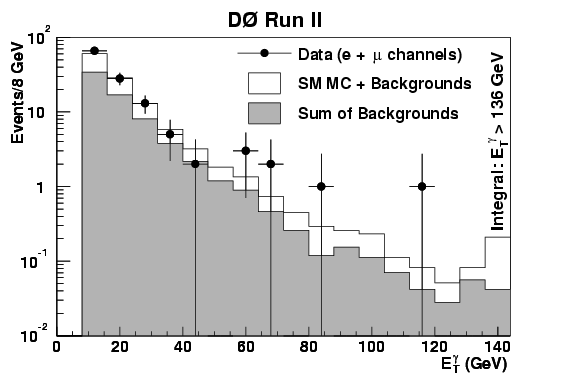
Particle physicists attempt to explain the way in which the building blocks of matter interact and bind with each other. Numerous experiments, over years of research have lead to a very successful theory called the Standard Model, which describes these interactions. The Standard Model states that the universe is made of three families of quarks and three families of leptons. These particles interact through three fundamental forces: strong, weak, and electromagnetic (Gravity is very weak in comparison to the others, and thus is ignored in the Standard Model).
Each of the three fundamental forces is associated with a particle known as a boson. Quarks and leptons interact by exchanging bosons. For example, the force carrier (boson) for the electromagnetic force is the photon. Particles that have charge interact with each other by exchanging photons. The weak force has two bosons, the W and the Z. Unlike other bosons, the W boson has charge, and interacts with the photon.

The Standard Model describes exactly how the W boson and photon interact. If it happens differently, then the Standard Model is incorrect, and a new theory must be found.
The Tevatron collider at Fermilab smashes beams of protons and antiprotons together. In these collisions, the quarks (from the protons) annihilate antiquarks to produce new particles, which can then be studied. Among these produced particles, are W bosons and photons. Sometimes the photon is radiated from an incoming quark (since quarks have charge), which then annihilates an antiquark to produce a W boson. This does not provide any information on how W bosons and photons interact, but it does produce both particles. In other cases, the quark and antiquark annihilate to produce a W boson which then radiates a photon itself, providing a means by which physicists can study the actual W-photon interaction. The interaction affects the energy of the photon emitted: therefore, by measuring the energy of the photon, the interaction can be studied.
|
|
The DZero detector at Fermilab examined collisions of protons and antiprotons, searching for events in which both a W boson and a photon were produced. Using the measured photon energy from the detector, the spectrum was compared to different models of the W-photon interaction. Since sometimes other particles could mimic the presence of a photon, estimates were made to compensate for these background events.

There are currently no differences between the
expected distribution (from the Standard Model) and what is observed in the
data. As more data is collected, future studies will further explore this
interaction. The DZero collaboration
recently published an analysis on this data. The full article can be found
here.
|
|
For more information on this analysis please contact Dr. Andrew Askew.